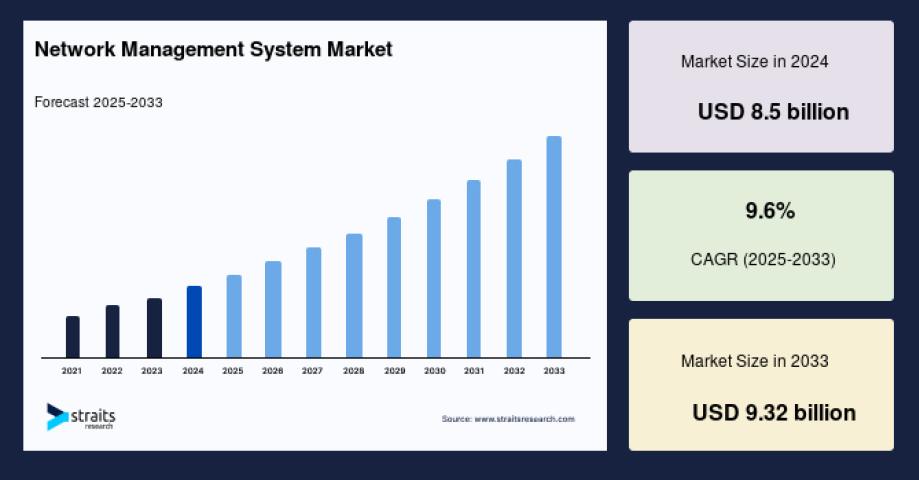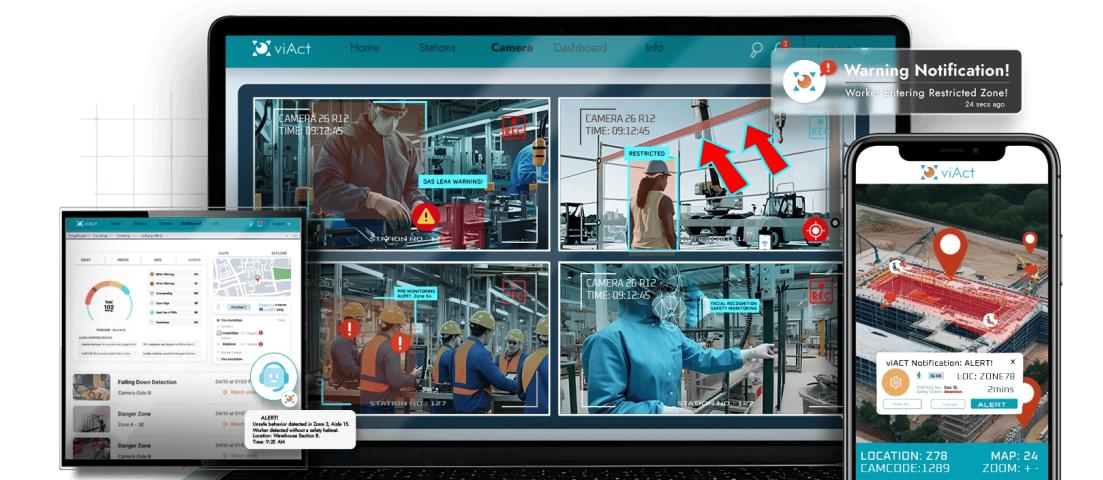In today’s digital landscape, network monitoring and management have become critical for ensuring seamless business operations. Organizations must implement proactive strategies to maintain optimal performance, security, and reliability in their networks. For IT professionals pursuing CCIE Enterprise Infrastructure training, mastering network monitoring techniques is essential for handling complex enterprise environments. Effective network monitoring helps in identifying performance bottlenecks, detecting security threats, and minimizing downtime.
The Importance of Network Monitoring
Network monitoring is the backbone of IT infrastructure management. It enables organizations to track performance metrics, ensure security compliance, and proactively troubleshoot issues before they escalate. With the increasing adoption of cloud computing, hybrid networks, and remote workforces, real-time network visibility has never been more crucial.
Key Strategies for Effective Network Monitoring
1. Implement Comprehensive Network Visibility
A successful network monitoring strategy begins with gaining complete visibility into the entire network infrastructure. This includes monitoring routers, switches, firewalls, wireless access points, and cloud-based resources. Utilizing tools like SNMP (Simple Network Management Protocol), NetFlow, and packet analyzers can help network administrators gather critical data in real time.
2. Use AI and Automation for Proactive Monitoring
AI-powered network monitoring tools help in anomaly detection and predictive analytics, allowing IT teams to resolve issues before they impact operations. Automation also enables self-healing networks by automatically rerouting traffic or adjusting configurations in response to potential disruptions.
3. Set Up Real-Time Alerts and Notifications
Configuring real-time alerts ensures that IT teams are immediately notified of critical network events. Customizable alerts based on predefined thresholds help in quickly identifying and resolving performance degradation, security breaches, and hardware failures.
4. Monitor Network Traffic and Bandwidth Usage
Understanding network traffic patterns helps in optimizing bandwidth usage and preventing congestion. Network monitoring tools should provide deep packet inspection and traffic analysis to identify unauthorized access, abnormal spikes, and application-specific bandwidth consumption.
5. Leverage Cloud-Based Monitoring Solutions
As organizations move towards cloud-based infrastructures, cloud-native monitoring solutions provide seamless integration with multi-cloud and hybrid environments. These solutions offer centralized control, scalability, and enhanced security for enterprise networks.
6. Regularly Conduct Performance Testing and Audits
Routine network performance testing helps in identifying potential bottlenecks and areas for improvement. Periodic audits ensure compliance with industry regulations and security standards, reducing the risk of data breaches and service interruptions.
7. Implement Role-Based Access Control (RBAC)
Network security is an integral part of network monitoring. Role-based access control (RBAC) ensures that only authorized personnel have access to critical network resources. This minimizes the risk of insider threats and unauthorized configuration changes.
Choosing the Right Network Monitoring Tools
Selecting the right network monitoring tools depends on the organization's size, infrastructure complexity, and security requirements. Popular solutions include:
SolarWinds Network Performance Monitor (NPM) – Ideal for real-time monitoring and deep network insights.
Paessler PRTG Network Monitor – A versatile tool for small to medium enterprises.
Nagios XI – Known for its extensive plugin support and customizable alerting.
Cisco DNA Center – A powerful tool tailored for enterprise-level network automation and security.
Conclusion
Effective network monitoring and management are fundamental to ensuring high availability, security, and optimal performance in enterprise networks. By leveraging automation, real-time analytics, and proactive security measures, organizations can build resilient IT infrastructures that support business growth. For professionals looking to advance their careers, CCIE Enterprise Infrastructure training provides the necessary expertise to implement and manage sophisticated network monitoring solutions in enterprise environments. Embracing these strategies not only enhances operational efficiency but also safeguards network integrity in the digital age.








